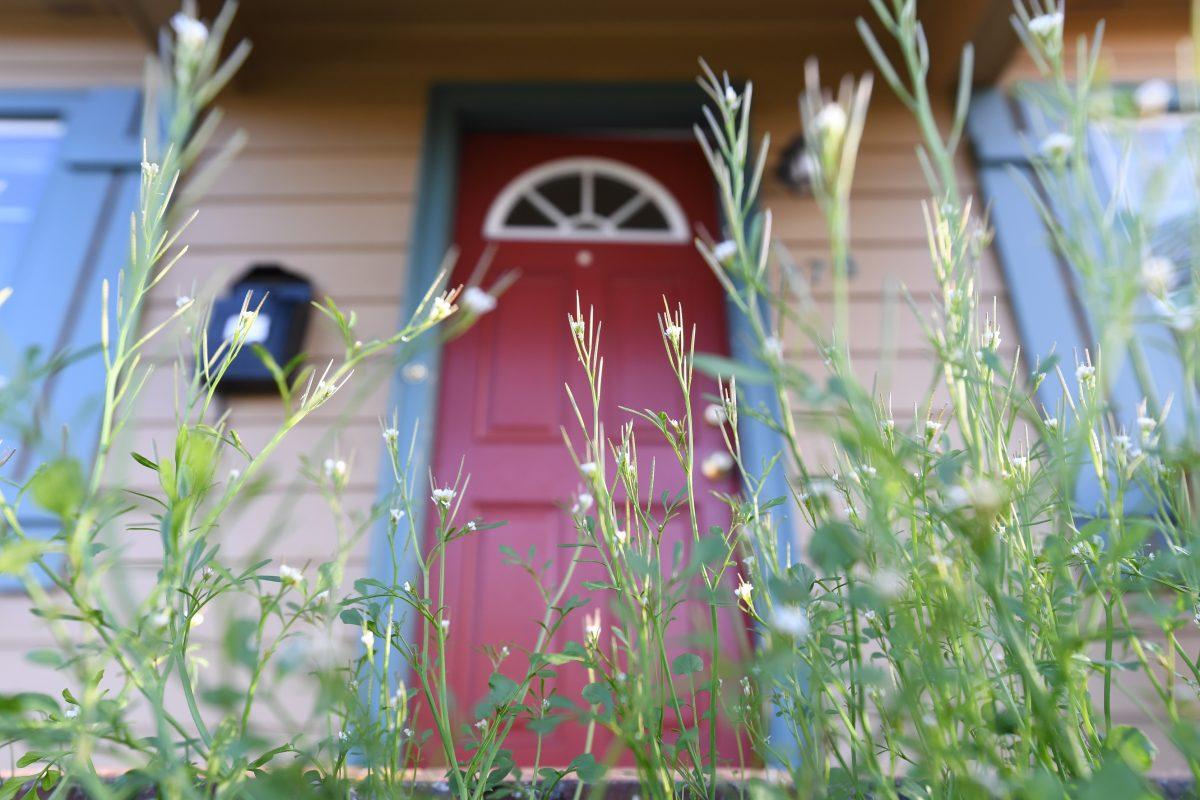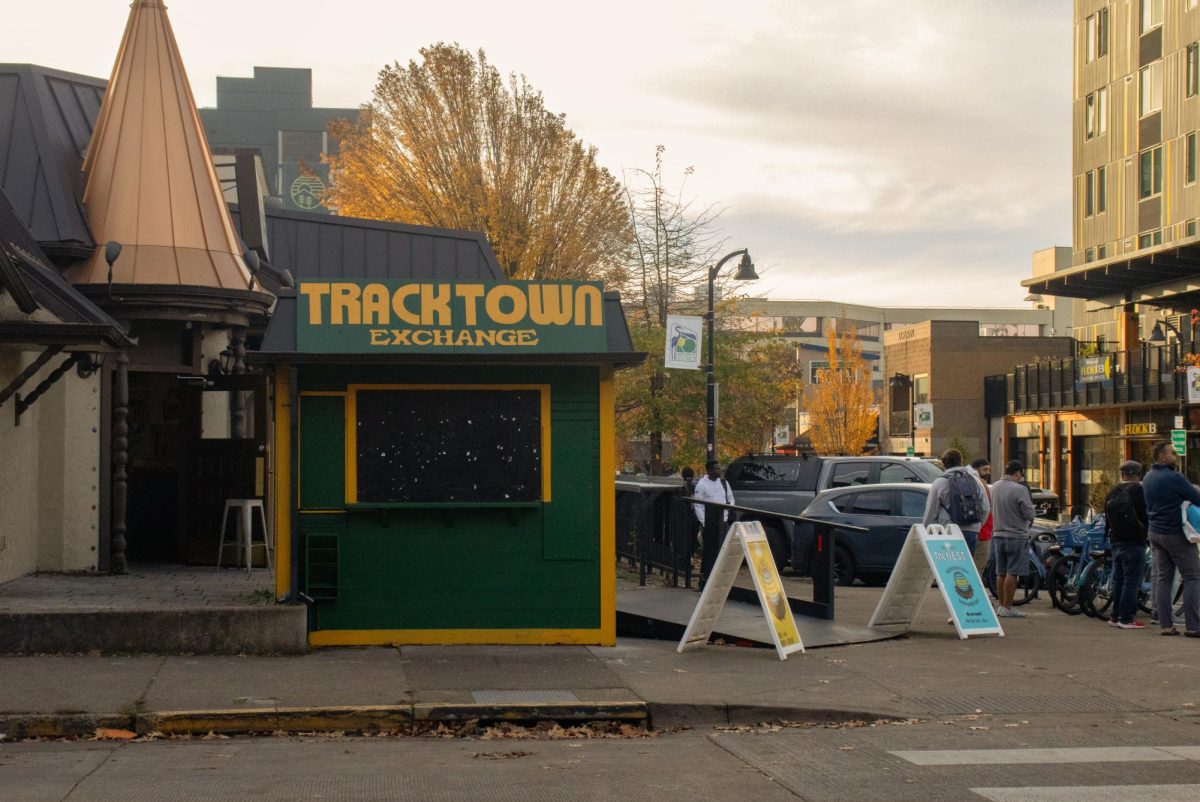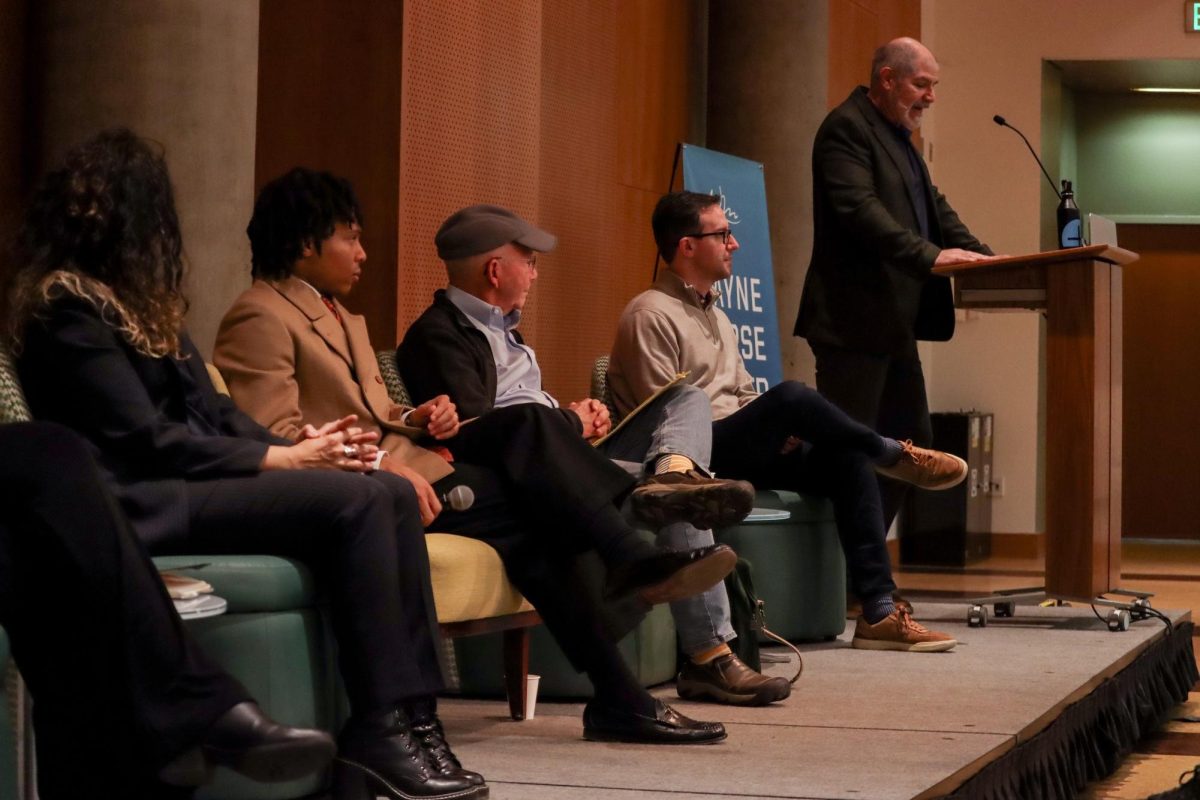If you’re looking to reduce your carbon footprint, look no further than your own home. Our everyday routines can produce a lot of waste, and learning how to look at our habits through an environmental lens helps lessen it. Creating an eco-friendly living space is often the most cost friendly option as well. Here are a few things you can do to make your home more green.
Make Your Own Household Cleaners
Instead of cleaning with chemicals that are damaging to the environment, it’s easy to make your own cleaners with more environmentally friendly ingredients. To make your own surface cleaner, fill an old spray bottle with warm water three quarters of the way and add 3 tablespoons of white vinegar, and one slice of your choice of citrus fruit to enhance the smell. For kitchen surfaces that may need more disinfecting, you can add small amounts of dish soap or rubbing alcohol. Using a vinegar based cleaner helps kill mold and bacteria in your home and prevents the use of chemicals that will be damaging to the planet to produce and dispose of.
Get Some Plants
Plants help make your home greener in the most literal way, and they’re also good for your health. Common houseplants can remove toxins from the air and improve your mood. When looking into which houseplants to buy, consider how much light your home, dorm room, or apartment gets and how much watering you’ll be able to commit to. If you’re looking for the best plants for reducing air pollution in your home, philodendrons were shown in a NASA study to be some of the most effective1.
Don’t Let Water Go to Waste
When you’re waiting for your shower water to heat up or rinsing out your water bottle, you can put that water to other uses than going down the sink. If you save the water in a larger container, you can use it to water your plants or for cleaning dirty dishes. You can also consider buying an eco-friendly tap attachment that uses less water as it’s running. Eco-friendly aerators can be as cheap as $10 and save up to 50% of the water the normal sink would use by combining it with air.
Never Buy New
New furniture is expensive and can be lacking in character compared to older pieces, not to mention the toll that it takes on the environment to produce. Buying refurbished or thrifted furniture will make your home look more unique and stop items from going to landfills. Many other household items you may think you need to buy new, such as placemats and appliances, can often be found second-hand and are much cheaper as well. Upcycling or vintage stores can be great alternatives to thrift shops because the gentrification of thrifting has become a large problem and is damaging to less fortunate communities. Thrifting is great environmentally, but prices of thrifted goods have risen due to higher demands and this causes the people who need it most to not be able to afford it. Going to higher-end second hand or vintage stores if you can helps keep thrifted goods accessible for the people who need them.
Quick Tips
-
Use LED light bulbs that save energy and are better for the environment than incandescent light bulbs
-
Replace your paper towels with cloth napkins and use reusable rags and cleaner in place of Lysol wipes
-
Choose eco-friendly candles if you’re going to burn any
-
Invest in reusable baking mats instead of using parchment paper
-
Buy an eco-friendly or recyclable toothbrush
-
Bring your own containers to the store and buy your food in bulk
1.“NASA Technical Reports Server (NTRS).” NASA. Accessed March 30, 2021. https://ntrs.nasa.gov/citations/19930073077.







